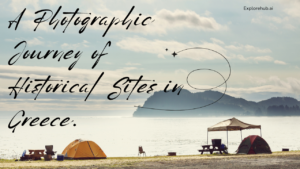Australia is a paradise for road trippers, boasting some of the most diverse and breathtaking national parks in the world. From rugged outback landscapes and ancient rainforests to pristine beaches and towering mountains, every road trip through Australia’s national parks promises adventure, stunning scenery, and a deep connection with nature.
If you love the freedom of the open road, camping under the stars, and exploring untouched wilderness, this guide will take you through the best national parks to visit on an unforgettable road trip across Australia.
Table of Contents
1. Why Explore Australia’s National Parks by Road?
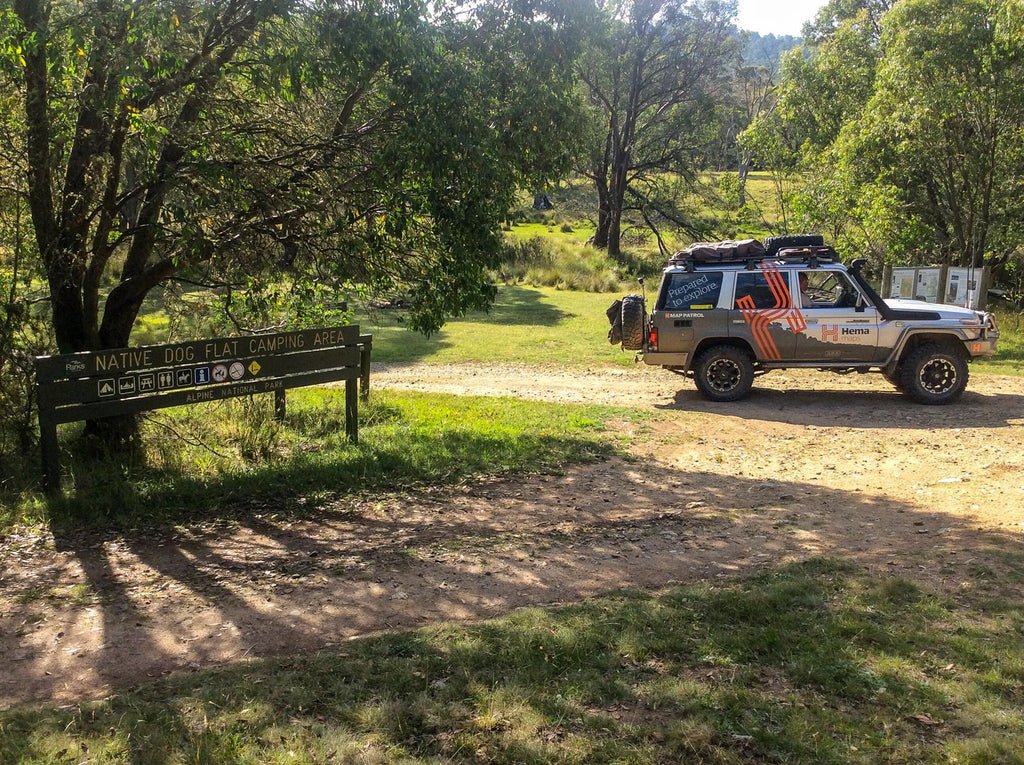
Taking a road trip through national parks offers unique advantages:
- Freedom to explore at your own pace, without tour group schedules.
- Access to hidden gems that aren’t easily reachable by public transport.
- A personalized experience where you can camp, hike, and immerse yourself in nature.
2. Best Time for a National Park Road Trip

Australia’s climate varies greatly across regions, so choosing the right time of year is key:
- Summer (Dec–Feb): Best for coastal parks in the south, like Wilsons Promontory or Great Otway.
- Autumn (Mar–May): A great time for the Blue Mountains, Grampians, and Tasmania’s Cradle Mountain.
- Winter (Jun–Aug): Ideal for outback parks like Uluru, Kakadu, and Flinders Ranges, avoiding extreme heat.
- Spring (Sep–Nov): Perfect for WA’s Karijini National Park, where wildflowers bloom.
3. Essential Tips for a National Park Road Trip
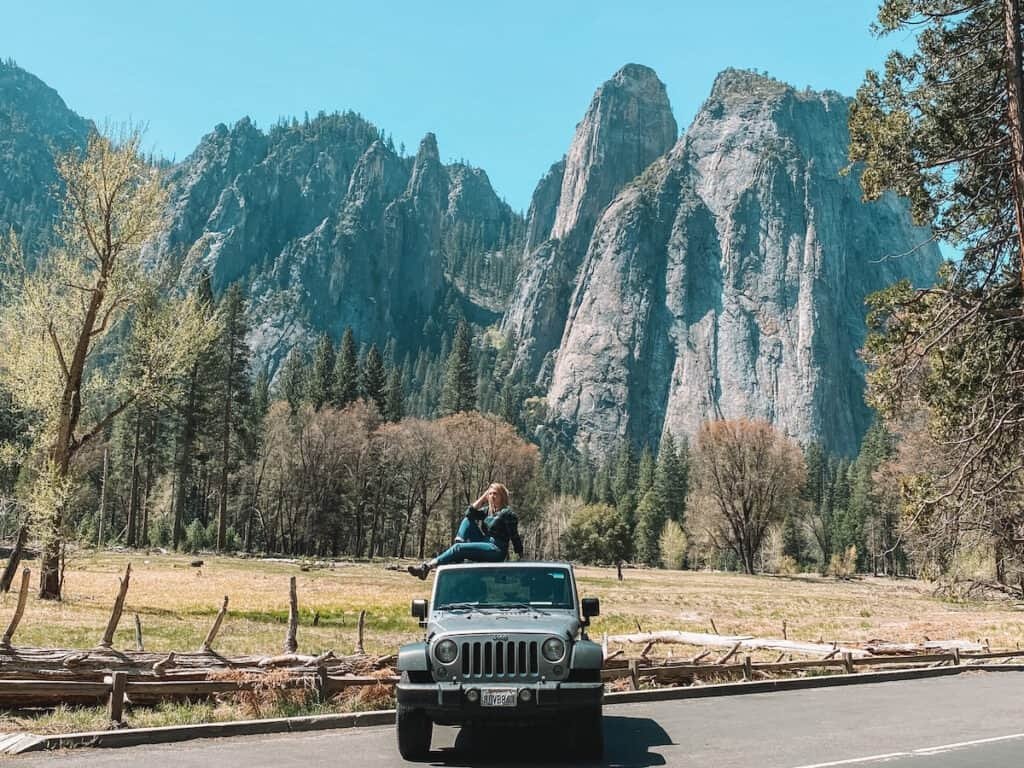
Packing List:
- Sturdy hiking shoes and weather-appropriate clothing
- Maps, GPS, and offline navigation apps
- Plenty of water and food supplies for remote areas
- Camping gear if staying overnight
- First aid kit and emergency equipment
Vehicle Tips:
- 4WD vs. 2WD? Some parks, like Karijini or Purnululu, require a 4WD.
- Fuel Up: Remote parks have limited petrol stations. Carry extra fuel if needed.
- Check Road Conditions: Some roads may be closed during wet seasons.
4. Best National Parks for an Australian Road Trip
4.1. Kakadu National Park (Northern Territory)
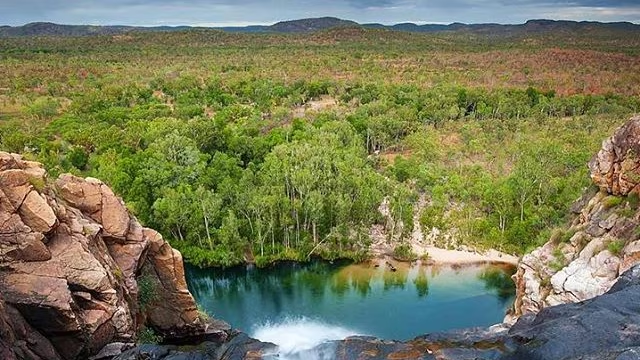
Why Visit?
- UNESCO-listed, home to incredible Aboriginal rock art, crocodile-infested wetlands, and towering waterfalls.
Best Road Trip Route:
- Darwin → Kakadu → Katherine → Litchfield National Park → Darwin
Top Attractions:
- Jim Jim Falls & Twin Falls
- Ubirr & Nourlangie rock art sites
- Yellow Water Billabong cruise
4.2. Daintree Rainforest (Queensland)

Why Visit?
- The world’s oldest rainforest, with lush landscapes, unique wildlife, and stunning coastal drives.
Best Road Trip Route:
- Cairns → Daintree → Cape Tribulation → Cooktown
Top Attractions:
- Mossman Gorge
- Cape Tribulation’s beaches
- Crocodile spotting on the Daintree River
4.3. Blue Mountains National Park (New South Wales)

Why Visit?
- Just a short drive from Sydney, offering breathtaking cliffs, waterfalls, and hiking trails.
Best Road Trip Route:
- Sydney → Blue Mountains → Jenolan Caves → Lithgow → Sydney
Top Attractions:
- The Three Sisters rock formation
- Scenic World Skyway and Railway
- Wentworth Falls hike
4.4. Grampians National Park (Victoria)

Why Visit?
- Spectacular sandstone mountains, indigenous rock art, and epic hiking trails.
Best Road Trip Route:
- Melbourne → Ballarat → Grampians → Great Ocean Road → Melbourne
Top Attractions:
- The Pinnacle hike
- MacKenzie Falls
- Boroka Lookout
4.5. Great Otway National Park (Victoria)

Why Visit?
- A mix of coastal cliffs, lush rainforests, and hidden waterfalls along the Great Ocean Road.
Best Road Trip Route:
- Melbourne → Great Ocean Road → Great Otway → Port Campbell → Melbourne
Top Attractions:
- Erskine Falls
- Otway Fly Treetop Walk
- The Redwoods Forest
4.6. Cradle Mountain-Lake St Clair National Park (Tasmania)

Why Visit?
- Tasmania’s most famous wilderness area, known for alpine hikes and stunning lakes.
Best Road Trip Route:
- Hobart → Lake St Clair → Cradle Mountain → Launceston
Top Attractions:
- Dove Lake Circuit
- Overland Track (multi-day trek)
- Wildlife spotting (wombats, echidnas, and Tasmanian devils)
4.7. Flinders Ranges National Park (South Australia)

Why Visit?
- Ancient landscapes, rugged mountain ranges, and incredible outback scenery.
Best Road Trip Route:
- Adelaide → Clare Valley → Flinders Ranges → Wilpena Pound
Top Attractions:
- Wilpena Pound Lookout
- Brachina Gorge and Bunyeroo Gorge scenic drive
- Aboriginal cultural experiences
4.8. Karijini National Park (Western Australia)

Why Visit?
- Home to dramatic red gorges, waterfalls, and swimming holes in the remote Pilbara region.
Best Road Trip Route:
- Perth → Exmouth → Karijini → Broome
Top Attractions:
- Hancock Gorge & Weano Gorge
- Fortescue Falls
- Oxer Lookout
5. Off-the-Beaten-Path National Parks
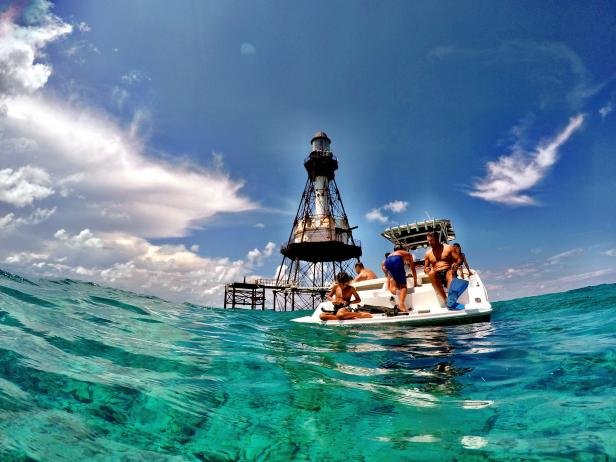
If you’re looking for something less crowded:
- Cape Le Grand National Park (WA): Turquoise beaches with kangaroos sunbathing on the sand.
- Litchfield National Park (NT): Waterfalls and swimming holes, perfect for a tropical escape.
- Wilsons Promontory National Park (VIC): A coastal paradise with fantastic hiking trails.
6. Eco-Friendly Travel Tips for National Park Road Trips

- Stick to designated trails to avoid damaging ecosystems.
- Carry reusable water bottles and cutlery.
- Take all your rubbish with you—leave no trace!
- Respect wildlife by keeping a safe distance.
7. Recommended Road Trip Itineraries
7-Day Great Ocean Road & Grampians Adventure

- Day 1-2: Melbourne → Great Ocean Road → Great Otway
- Day 3-4: Port Campbell → Grampians National Park
- Day 5-7: Return to Melbourne via Ballarat
10-Day Northern Territory Outback Expedition

- Day 1-3: Darwin → Kakadu National Park
- Day 4-6: Katherine → Litchfield National Park
- Day 7-10: Alice Springs → Uluru-Kata Tjuta
Conclusion
Exploring Australia’s national parks by road offers an incredible way to experience the country’s natural beauty. Whether you’re driving through lush rainforests, across vast outback plains, or along scenic coastal roads, a national park road trip will leave you with unforgettable memories.
So pack your bags, fuel up your vehicle, and hit the road for an adventure of a lifetime!


